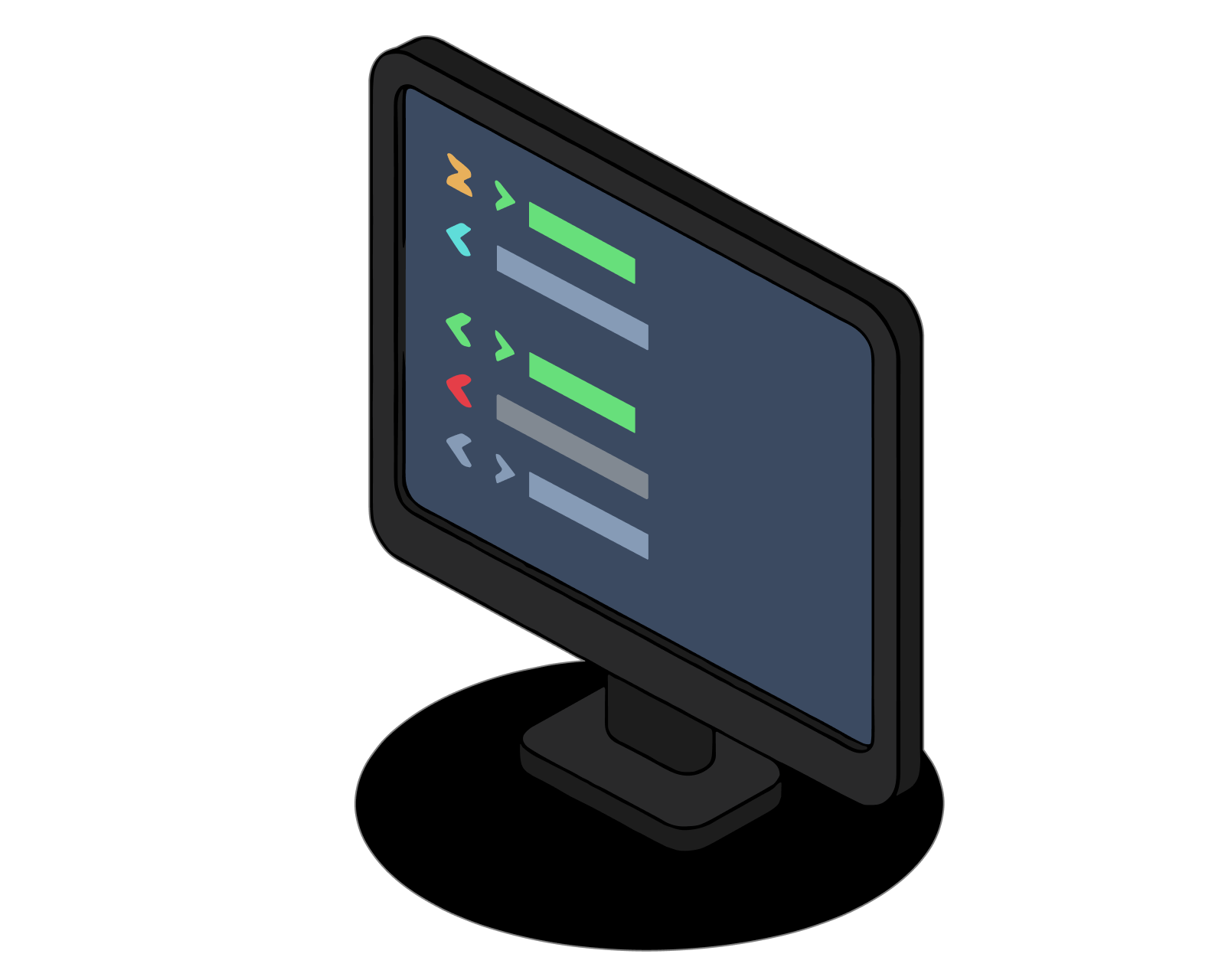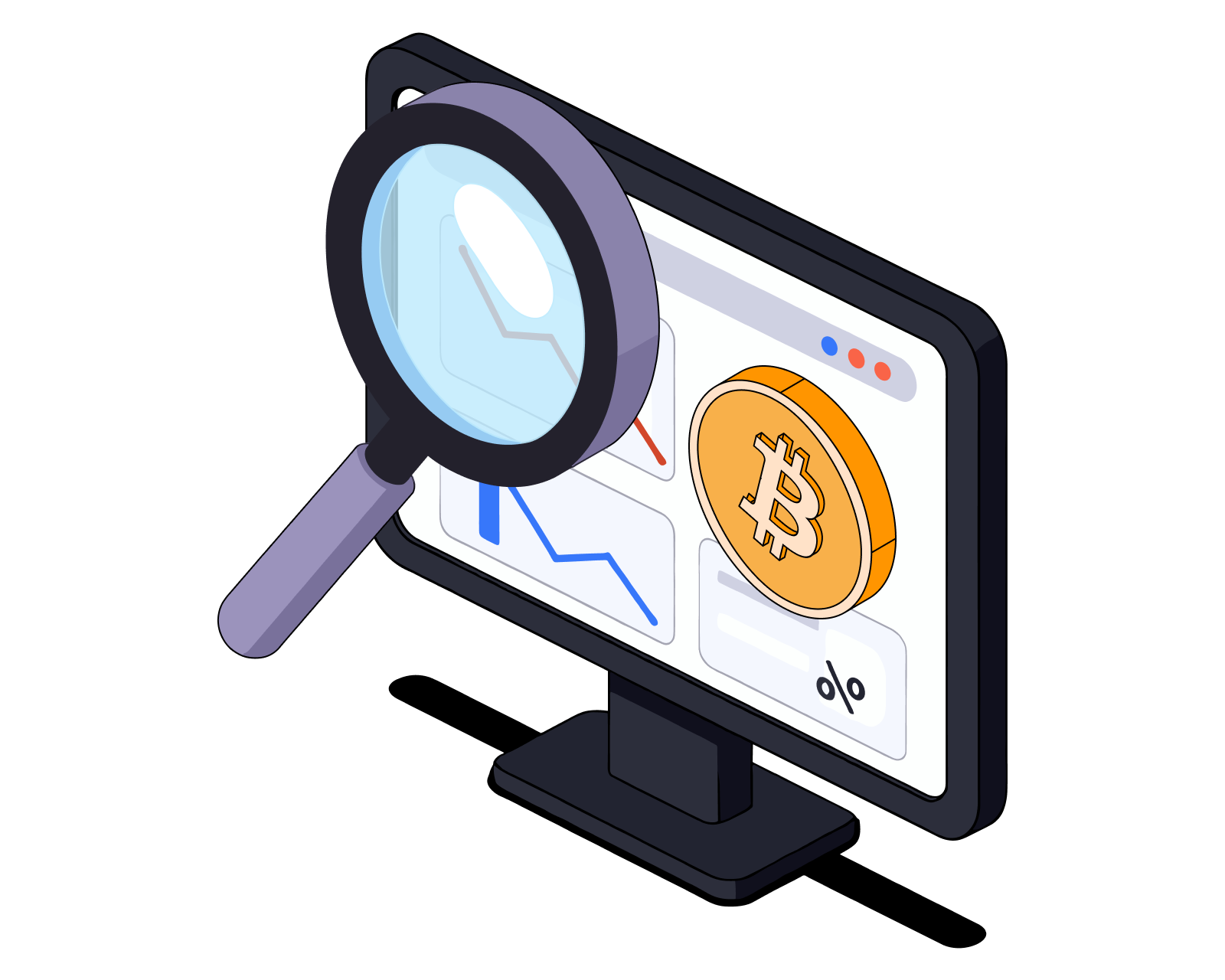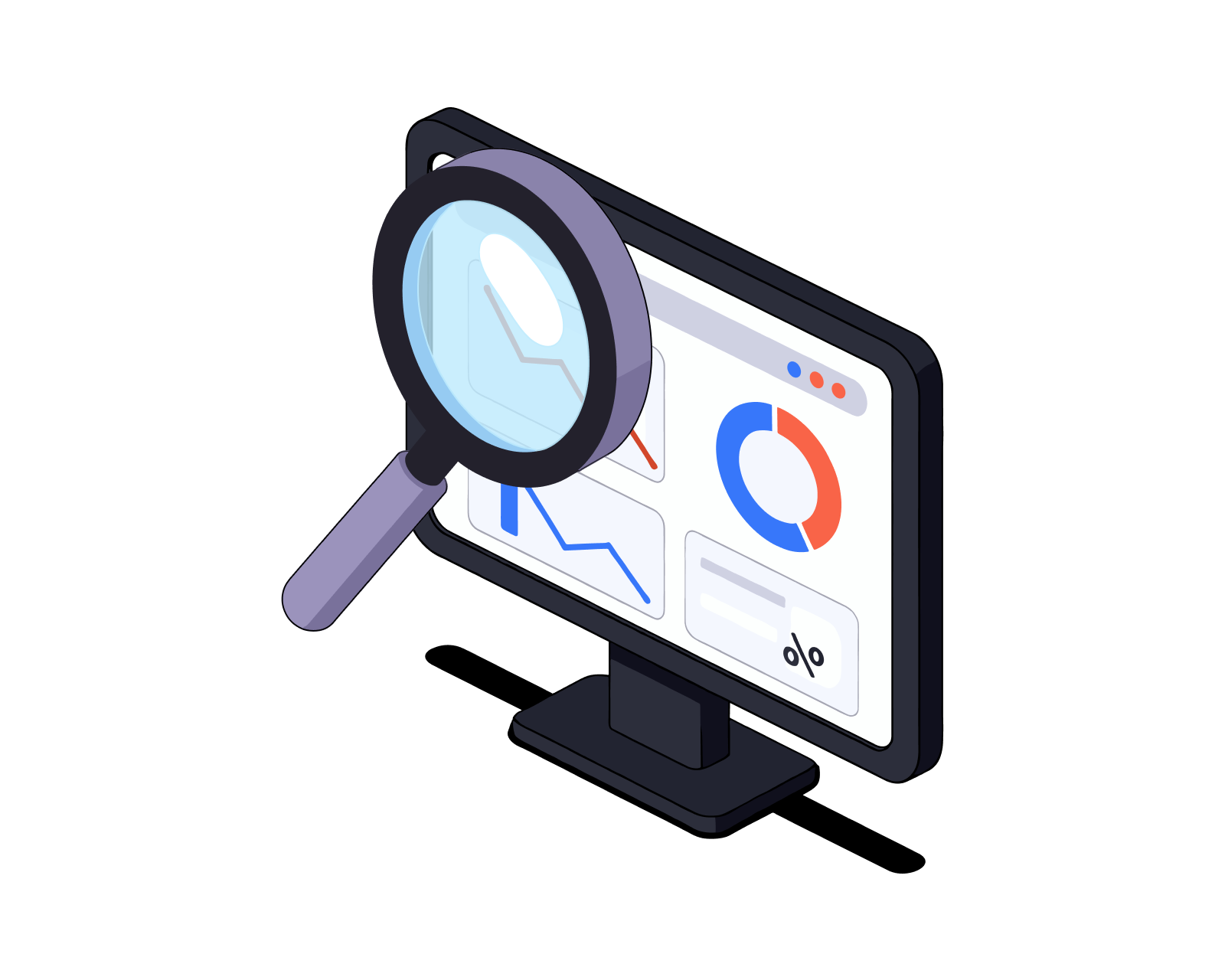Stochastic Oscillator: Measuring Momentum and Spotting Reversals

Table of Contents
Disclaimer: This article is for educational purposes only and does not constitute financial advice. Always do your own research before making investment decisions.
Overview of the Stochastic Oscillator
Developed by George Lane in the late 1950s, the Stochastic Oscillator (SO) is considered a leading indicator because it can signal momentum changes before price reversals occur. It is based on the idea that in an uptrend, prices tend to close near their highs, while in a downtrend, they tend to close near their lows.
The SO produces values between 0 and 100 and uses two lines:
- %K (main line) - measures the current close relative to the high-low range.
- %D (signal line) - a moving average of %K, used to smooth signals.
For crypto traders, the SO is useful for spotting overbought and oversold conditions, identifying crossovers that may signal a shift in trend, and finding divergences between price and momentum.
What Does It Look Like?
The Stochastic Oscillator is usually displayed in a separate window below the price chart. It appears as two lines (%K and %D) that move within a range of 0 to 100, with horizontal levels often marked at 80 (overbought) and 20 (oversold).
- Overbought zone (above 80): The asset may be overextended on the upside and due for a pullback.
- Oversold zone (below 20): The asset may be oversold and due for a bounce.
These zones do not guarantee a reversal but highlight where momentum might be shifting.
Signal Criteria and Formula
The standard calculation uses 14 periods, though traders can adjust this based on their strategy.
%K (main line):
%K = [(C - Ln) / (Hn - Ln)] × 100
Where:
- C = Most recent closing price
- Ln = Lowest low over the last n periods (commonly 14)
- Hn = Highest high over the last n periods
%D (signal line):
%D = 3-period simple moving average (SMA) of %K
Most trading platforms calculate these automatically, so traders only need to interpret the output.
How to Interpret the Stochastic Oscillator
The SO generates three main types of trading signals:
-
Overbought and Oversold Readings
- Above 80 = Overbought (possible sell setup)
- Below 20 = Oversold (possible buy setup)
-
Crossovers
- Bullish signal: %K crosses above %D while both are in oversold territory.
- Bearish signal: %K crosses below %D while both are in overbought territory.
-
Divergences
- If price makes a new high but the SO does not, it may indicate weakening momentum and a potential reversal. The same applies in reverse for new lows.
Example in Action
Suppose Bitcoin is trading sideways after a brief rally. The SO moves above 80, enters the overbought zone, and then %K crosses below %D. Shortly after, Bitcoin begins a pullback.
In another case, Bitcoin falls into oversold territory with readings below 20. When %K crosses above %D, the price begins to recover in the following days.
These examples show how the SO can be used to anticipate short-term moves - but they also highlight the need for confirmation, as false signals can occur, especially in strong trending markets.
Conclusion
The Stochastic Oscillator is a flexible momentum tool that can help traders identify overbought and oversold conditions, time potential entry and exit points, and spot early signs of a trend reversal. While powerful, it is not foolproof and should be used alongside other technical tools, such as trendlines, support/resistance levels, or complementary indicators like RSI or MACD.
Next Steps
- Learn about the Relative Strength Index (RSI), another popular momentum indicator, to combine with the Stochastic Oscillator for better confirmation.
- Explore MACD crossovers as a complementary signal for spotting momentum shifts.
- Practice identifying SO setups in live crypto charts using free charting tools to refine your timing.
By integrating the Stochastic Oscillator into a broader trading strategy that includes trend confirmation, support and resistance, volume context, and disciplined risk management, traders can sharpen entries and exits, reduce false signals, and make more confident decisions.
Explore Related Articles:
- A Beginner��’s Guide to Candlestick Charts
- Rising Bullish Hammer Candlestick Pattern Explained
- Shooting Star (Falling Hammer) Candlestick Pattern Explained
- Bullish Engulfing: A Signal That Buyers Are Taking Over
- Bearish Engulfing: A Signal That Sellers Are Taking Control
- Morning Star Pattern: A Signal That Buyers Are Stepping In
- Evening Star: A Signal That Sellers Are Stepping In
- Golden Cross: A Signal That Bullish Momentum Is Building
- Bearish (Death) Cross: A Signal That Momentum May Be Turning Against the Market
- Pi Cycle Top: A Signal That Bitcoin May Be Peaking
- What Is the MACD Indicator? A Guide to Moving Average Convergence Divergence in Crypto
- Relative Strength Index (RSI): Spotting Overbought and Oversold Markets
Get started by understanding the basics of cryptocurrency and explore decentralized finance (DeFi). Learn about Bitcoin, Ethereum, and altcoins. Also, discover how to buy and sell crypto.
Disclaimer
No Investment Advice
The information provided in this article is for educational purposes only and does not constitute investment advice, financial advice, trading advice, or any other type of advice. Bitcoin.com does not recommend or endorse the buying, selling, or holding of any cryptocurrency, token, or financial instrument. You should not rely on the content of this article as a basis for any investment decision. Always do your own research and consult a licensed financial advisor before making any investment decisions.
Accuracy of Information
While we strive to ensure the accuracy and reliability of the information presented, Bitcoin.com makes no guarantees regarding the completeness, timeliness, or accuracy of any content. All information is provided “as is” and is subject to change without notice. You understand that you use any information available here at your own risk.
Related guides
Start from here →
What is a DEX?
A decentralized exchange (DEX) is a type of exchange that specializes in peer-to-peer transactions of cryptocurrencies and digital assets. Unlike centralized exchanges (CEXs), DEXs do not require a trusted third party, or intermediary, to facilitate the exchange of cryptoassets.
Read this article →
What is a DEX?
A decentralized exchange (DEX) is a type of exchange that specializes in peer-to-peer transactions of cryptocurrencies and digital assets. Unlike centralized exchanges (CEXs), DEXs do not require a trusted third party, or intermediary, to facilitate the exchange of cryptoassets.

What is a CEX?
Learn about CEXs, the differences between them and DEXs, and whether they’re safe to use.
Read this article →
What is a CEX?
Learn about CEXs, the differences between them and DEXs, and whether they’re safe to use.

How does crypto exchange work?
How safe is it to store your crypto on centralized exchanges?
Read this article →
How does crypto exchange work?
How safe is it to store your crypto on centralized exchanges?

Bitcoin Trading for Beginners
A comprehensive guide to Bitcoin trading for beginners, covering wallets, exchanges, market analysis, and risk management strategies.
Read this article →
Bitcoin Trading for Beginners
A comprehensive guide to Bitcoin trading for beginners, covering wallets, exchanges, market analysis, and risk management strategies.

Reading Bitcoin Charts for Beginners
A beginner's guide to understanding Bitcoin charts, covering candlestick patterns, technical indicators, market analysis, and risk management.
Read this article →
Reading Bitcoin Charts for Beginners
A beginner's guide to understanding Bitcoin charts, covering candlestick patterns, technical indicators, market analysis, and risk management.

Bull vs. Bear Market
Learn about bull and bear markets, their characteristics, and effective strategies for each. Understand Bitcoin's role in these markets and how to navigate market volatility.
Read this article →
Bull vs. Bear Market
Learn about bull and bear markets, their characteristics, and effective strategies for each. Understand Bitcoin's role in these markets and how to navigate market volatility.

Trading Analysis: Fundamental, Technical & Sentimental
Learn about fundamental, technical, and sentimental analysis for smarter trading decisions. Explore examples, tools, and how to combine these methods for a holistic market view.
Read this article →
Trading Analysis: Fundamental, Technical & Sentimental
Learn about fundamental, technical, and sentimental analysis for smarter trading decisions. Explore examples, tools, and how to combine these methods for a holistic market view.
STAY AHEAD IN CRYPTO
Stay ahead in crypto with our weekly newsletter delivering the insights that matter most
Weekly crypto news, curated for you
Actionable insights and educational tips
Updates on products fueling economic freedom
No spam. Unsubscribe anytime.



Start investing safely with the Bitcoin.com Wallet
Over wallets created so far
Everything you need to buy, sell, trade, and invest your Bitcoin and cryptocurrency securely

© 2025 Saint Bitts LLC Bitcoin.com. All rights reserved


